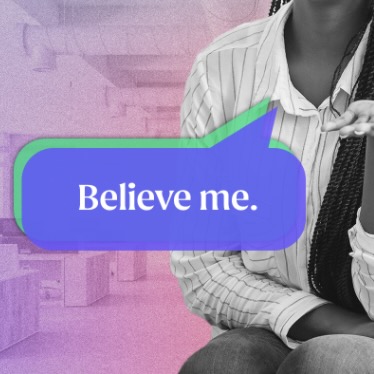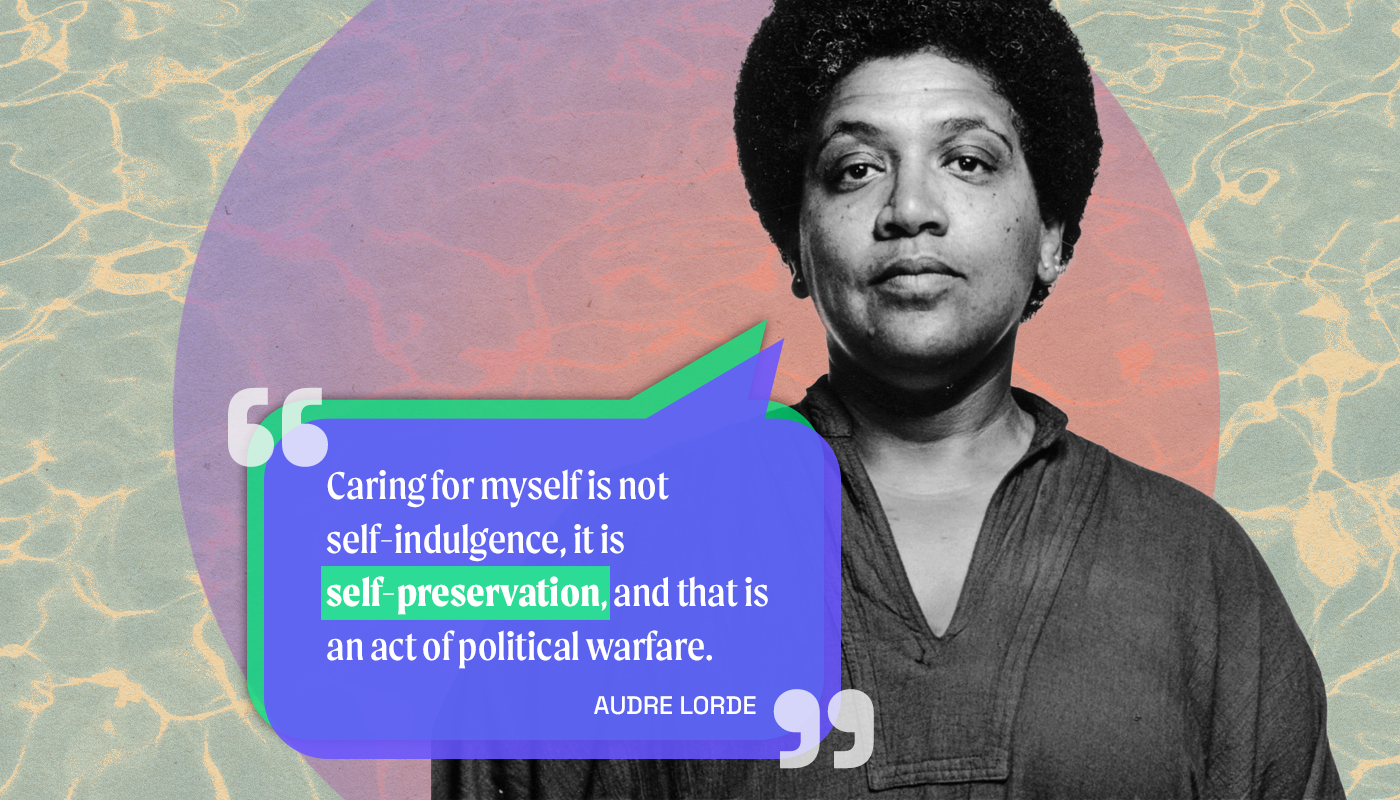Empathy gets a bad rap
Soft skill who? Learn how to leverage empathy.

Empathy can be seen as a “soft” skill or a weakness that somehow undercuts your leverage against your competitors. This misunderstanding of empathy’s power helps create work cultures where inclusion is performative at best and ignored at worst. The strongest leaders — the inclusive leaders — know how to harness empathy’s power to gain an informed understanding of any situation through the perspectives of team members, internal/external stakeholders, and yes, even competitors. Empathy is neither soft nor easy, but it is simple. Ready to dive in?
Empathy vs Sympathy
The difference? Understanding in practice.
Empathy simply means understanding someone else’s perspective. Unlike sympathy or compassion, there’s no requirement for emotion. You don’t have to feel what it’s like to be someone else to practice empathy — you still might, but that is not a precursor. You don’t have to agree; you just have to be willing to understand their perspective. When it is distilled down to that level, arguments against empathy don’t hold. Can you imagine trusting a leader who wasn’t at least willing to understand the perspective of all stakeholders? This mindset changes empathy from a bonus skill to a vital personal trait.
So what does empathy look like in real life? Let’s say you’re leading a new team after a corporate restructure. Some team members were previously with other teams and organizations. Some are back to in-person while some will remain virtual indefinitely. Centering empathy as a shared value will establish the foundation for this new team.
Empathy is a two-way street.
And vulnerability is the gateway.
First, make empathy a habit of the team. In your one-on-one meetings with your colleagues, get to know them beyond their job description to learn what makes them tick and the adaptations you can make as a leader so they bring their best to the team. What motivates them? What holds them back? What do they worry about? What does success look like for them both professionally and as part of this team? What is their #1 priority when they leave work for the day? If they had an extra 30 minutes every day, what would they do with it?
Establishing this level of connection requires vulnerability, and that is a two-way street. You cannot expect your team members to be open and honest in this way if you aren’t willing to do the same. And often, you have to be vulnerable first to establish a safe space to have conversations like this. Vulnerability is not a chink in your armor. It is the gateway to your authenticity as a leader.
Once you have taken each team member through this empathy practice with you, suggest they practice with each other. Set up coffee chats (in-person or virtual) where colleagues talk about ANYTHING but work. Encourage them to find their similarities, to share their life experiences. The practice evokes bonding and enables colleagues to see each other as full people. No matter how great of a leader you are, you cannot create an empathy-centered culture alone. Your team needs to be active practitioners too.
Creating an empathy standard for your team doesn’t mean that you won’t have disagreements and competing interests. The goal isn’t some zen-like enlightenment of confrontation-less bliss. It means we operate efficiently and authentically as a team because we better understand how our strengths and challenges as humans — not just co-workers — can complement each other. Now it is time to broaden our circle of empathy outside of our team.
Empathy creates a ripple effect.
Expand the practice.
Create a team group practice where you role-play what empathy conversations look like with external stakeholders. This experience will prepare your team for stretching their empathy circle and uncover preconceived notions they have for other entities. Then, have your team schedule those conversations. Have two or three team members meet with a few people from another group, explaining your empathy practice, its benefits, and why you want to include them in your circle. After the interaction, debrief as a team on what was learned and how these additional perspectives can help with collaboration in the future.
This practice can be repeated with as many stakeholders as you desire. As you get further out from your team circle, it is natural for your sense of safety to decrease. While it is reasonable to subsequently share less, still take the time to go through the practice to better understand someone else’s perspective. There is no judgment, no need to change anyone’s mind. Just a willingness to understand.![]()








